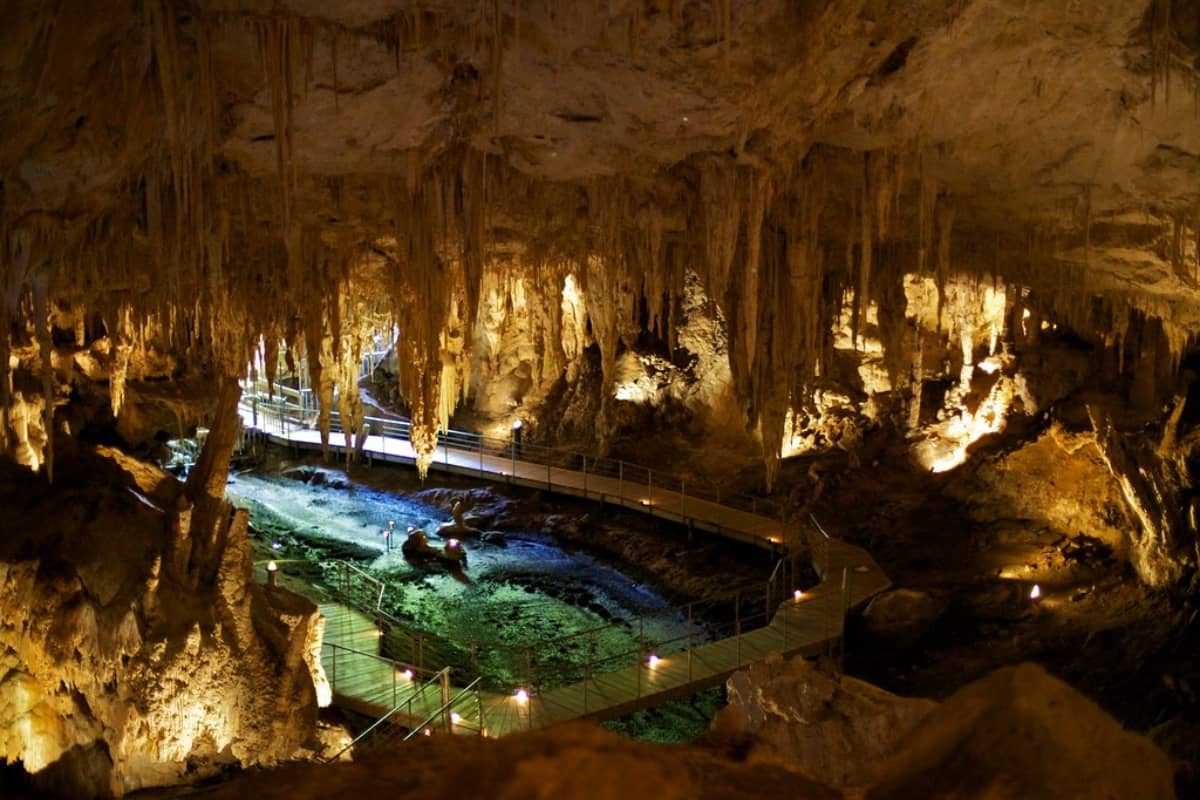Mammoth Cave National Park, located in Kentucky, is one of the most famous and intricate cave systems in the world. With over 400 miles of mapped passages, it holds the title of the world’s longest cave system. While its beauty and historical significance attract visitors from across the globe, the park also poses certain dangers that are not always apparent to first-time explorers. From natural hazards to cave-specific risks, understanding these hidden dangers is essential for ensuring a safe and enjoyable visit to Mammoth Cave.
1. Disorientation and Cave Navigation Risks
One of the most significant dangers within Mammoth Cave is disorientation. The vastness of the cave system makes it easy for inexperienced visitors to lose their way if they stray from guided paths. The numerous passageways, dark chambers, and labyrinth-like tunnels can confuse even seasoned explorers, potentially leading to prolonged periods of being lost, which in the cave’s dark, cold environment could lead to dehydration or hypothermia.
Guided tours are mandatory for entering the caves, ensuring that visitors are led by experienced park rangers who know the intricate layout and can prevent anyone from wandering into unsafe areas. Visitors are advised to stick closely to their groups, as becoming separated can result in dangerous situations. Ensuring that you are equipped with backup lighting, proper footwear, and a basic understanding of the cave’s layout can mitigate the risks associated with navigation errors.
2. Slippery Surfaces and Terrain Hazards
The interior of Mammoth Cave is characterized by wet, slick surfaces. Stalactites and stalagmites may be mesmerizing, but water seeps through the cave walls, making many areas slippery. Some passages require visitors to walk on uneven terrain, increasing the risk of falls and injuries. While the park does its best to maintain the trails within the cave system, slips and falls are common without the proper footwear. Sturdy shoes with good traction are recommended.
For more adventurous visitors, such as those participating in the Wild Cave Tour, the risks are heightened. This tour involves crawling through tight spaces, scrambling over rocks, and climbing, all of which pose additional risks if participants are not physically prepared.
3. Heat-Related Illnesses Above Ground
Though the cave maintains a cool temperature of around 54°F year-round, the surface of Mammoth Cave National Park can be dramatically different, especially during summer months. High temperatures and humidity above ground create the perfect conditions for heat-related illnesses, including heat exhaustion and heat stroke. Visitors hiking the park’s extensive above-ground trail system should take precautions by staying hydrated, wearing appropriate clothing, and taking regular breaks in shaded areas.
This danger becomes more pronounced for those camping in the park during the summer. While there are designated campgrounds, heat and humidity can affect even the most prepared campers. It’s vital to carry enough water and to plan hikes during the cooler parts of the day, such as early morning or late afternoon.
4. Wildlife Hazards: Poisonous Plants, Snakes, and Ticks
Mammoth Cave National Park is home to a variety of wildlife, both above and below ground. Venomous snakes such as rattlesnakes and copperheads are native to the region. While encounters with these creatures are not common, they can occur, especially for those hiking in more remote areas of the park. Wearing long pants, keeping to marked trails, and remaining vigilant can help reduce the chances of a snakebite.
In addition to snakes, poison ivy and ticks are common in the park. Poison ivy grows in many areas, and accidental contact with this plant can lead to painful skin irritations. Ticks, which thrive in forested areas, pose a risk of Lyme disease and other tick-borne illnesses. It’s recommended to use insect repellent and perform thorough tick checks after spending time in grassy or wooded areas.
5. Water-Related Dangers: Rivers and Flooding
Mammoth Cave National Park is bisected by the Green and Nolin Rivers, providing opportunities for canoeing, kayaking, and fishing. While these rivers offer scenic beauty, they also pose dangers. Rapid changes in water levels, strong currents, and the remote locations of many river access points can turn a peaceful trip into a dangerous situation if precautions aren’t taken.
For visitors engaging in water-based activities, it is crucial to wear life jackets and be aware of weather conditions, as sudden storms can cause flash flooding in certain areas. Additionally, the karst landscape, characterized by underground rivers and sinkholes, can exacerbate the risk of flooding inside the caves themselves, which could potentially trap unsuspecting visitors.
6. Health Risks: Bats and Rabies
Mammoth Cave is home to several bat species, and while they are an essential part of the cave’s ecosystem, they also pose a health risk. Bats can carry rabies, and while it is rare for visitors to have direct encounters with them, any contact should be avoided. If a bat is acting erratically or is found on the ground, it could be infected with rabies. Visitors should notify a park ranger immediately if they observe unusual bat behavior.
Additionally, the presence of White-nose Syndrome, a fungal disease that affects bats, has caused significant ecological disruptions. Visitors are encouraged to follow decontamination protocols to avoid spreading this disease to other caves.
Conclusion
Mammoth Cave National Park offers unparalleled opportunities for cave exploration and outdoor adventure. However, these experiences come with risks that visitors must be prepared for. By understanding and mitigating the hidden dangers—such as navigation hazards, slippery surfaces, wildlife encounters, heat illnesses, and water-related risks—visitors can ensure a safe and enjoyable experience. Whether trekking through the cave’s dark passages or hiking above ground, it’s crucial to stay informed and follow all safety guidelines provided by the park.
With proper preparation, Mammoth Cave can be explored safely, providing visitors with an unforgettable journey through one of the most extraordinary cave systems in the world.






